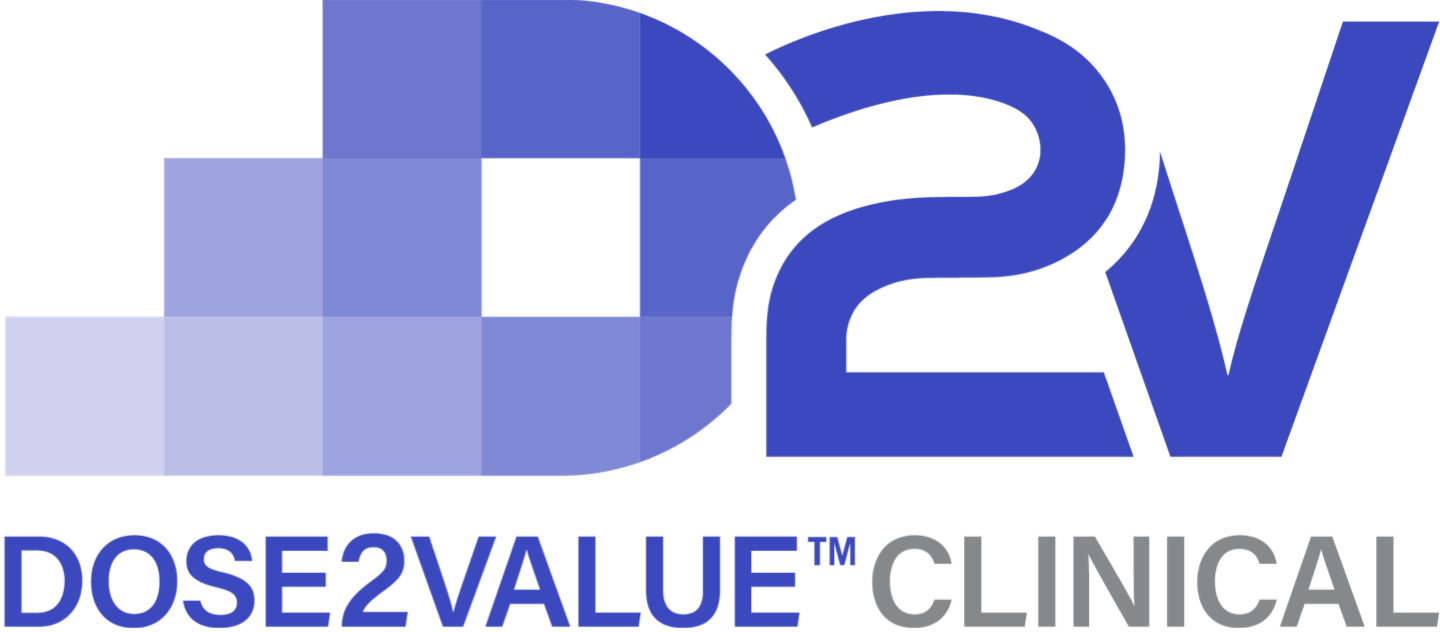Insights from a Former FDA Reviewer on the Latest FDA Draft Guidance Regarding Dosage Optimization in Oncologic Clinical Development
Insights from a Former FDA Reviewer on the Latest FDA Draft Guidance Regarding Dosage Optimization in Oncologic Clinical Development
DURHAM, N.C. (May 16, 2023) – The U.S. Food and Drug Administration (FDA) and the National Cancer Institute collaborate on the Oncology Center of Excellence (OCE) Project Optimus, which aims to optimize oncology drug development through innovative trial designs, validated biomarkers, and consensus on clinical endpoints. The new draft guidance for industry issued by the FDA in January 2023, “Optimizing the Dosage of Human Prescription Drugs and Biological Products for the Treatment of Oncologic Diseases,” is a part of this effort. Within this guidance, the FDA explores the historical pattern of Phase I trial design reflecting a need to find the maximum tolerated dose (MTD) while overlooking opportunities to optimize dosage. While this approach effectively identified the optimal dosage for cytotoxic chemotherapy drugs, modern targeted oncology therapies often require a revised strategy.
“It is imperative to find the right dose with the right patient at the right time,” said President of D2V Clinical and former senior FDA reviewer Walt Cao. “Identifying the optimal dose during the early phases of oncology clinical trials is crucial in finding the balance between acceptable toxicity and clinically meaningful response. Due to the long-term nature of targeted therapies versus the specified time frame in which non-targeted therapies are administered, targeted therapies should be assessed in a way that allows us to identify the highest level of efficacy associated with toxicity levels that will not render the therapies unviable for continued use in the long term.”

Identifying the optimal dosage of a drug is crucial for both patients and drug approval processes. It ensures that patients receive the maximum clinical benefit of the drug while minimizing potential side effects. Moreover, during the New Drug Application (NDA) or Biologic License Application (BLA) review process, the clinical benefits of a drug must outweigh the risks for it to be approved. Therefore, the dose optimization strategy must be carefully planned and executed during Phase I studies to ensure that the drug meets the necessary efficacy and safety criteria for approval by regulatory agencies such as the FDA. As drug development becomes increasingly complex, optimizing the dosage of a drug remains critical in achieving successful clinical outcomes and obtaining regulatory approval.
“One of our first priorities when helping a client in Phase I is to help them find the right dose with the right patient. We can limit the number of patients exposed to the inefficacious dose, and in the meantime, the design can answer the scientific question for dose selection with fewer patients,” said Cao. “We are committed to excellence in early-phase studies because of avoidable errors, which cause issues down the line. The science-based protocol design will fundamentally help the sponsor reach the goal of Phase I & II with fewer patients and see the efficacy signal earlier.”
As a former senior reviewer at the FDA, our regulatory expert, Cao, has extensive experience evaluating dose optimization strategies for drug approval. Cao understands the intricacies and complexities of the regulatory landscape and can provide valuable insights on optimizing your drug development process to meet the necessary efficacy and safety standards. If you want to learn more about the importance of dose optimization for regulatory approval and patient benefit, contact us today.
